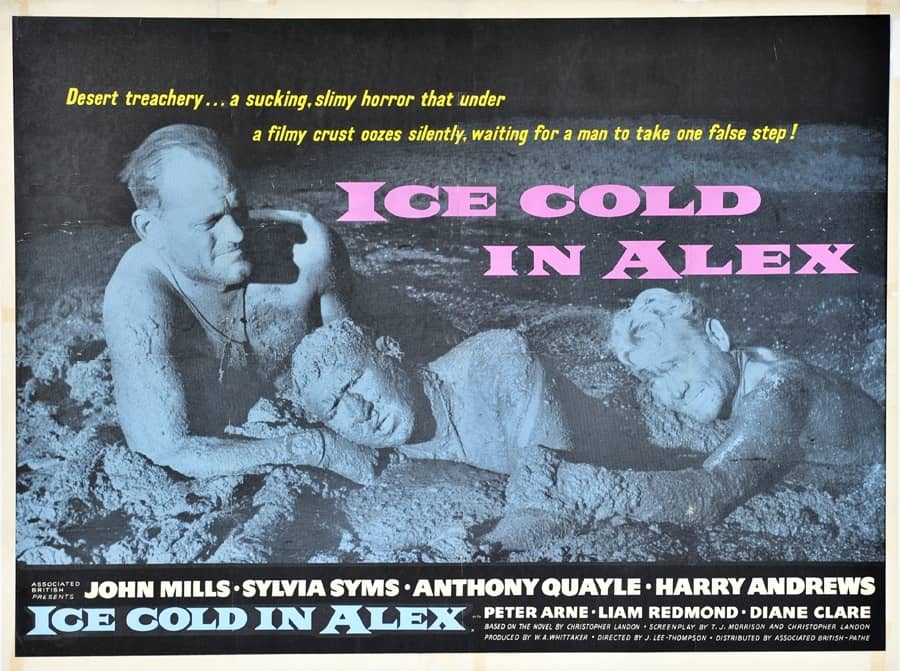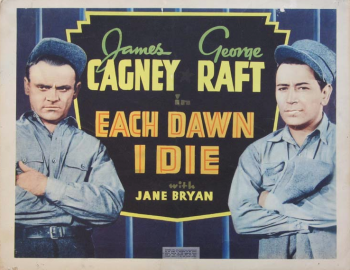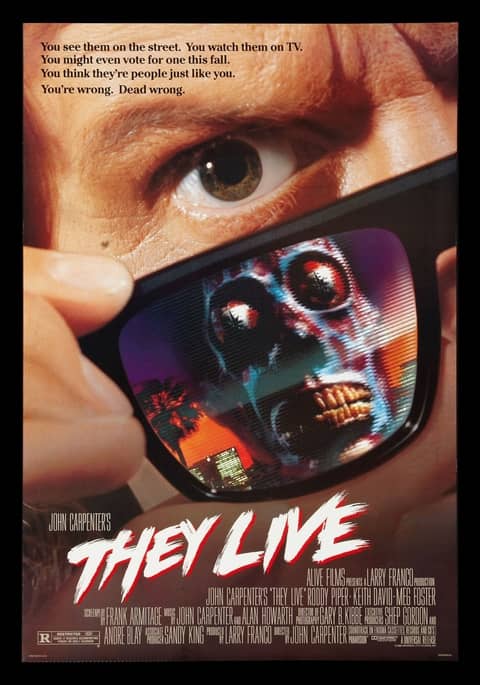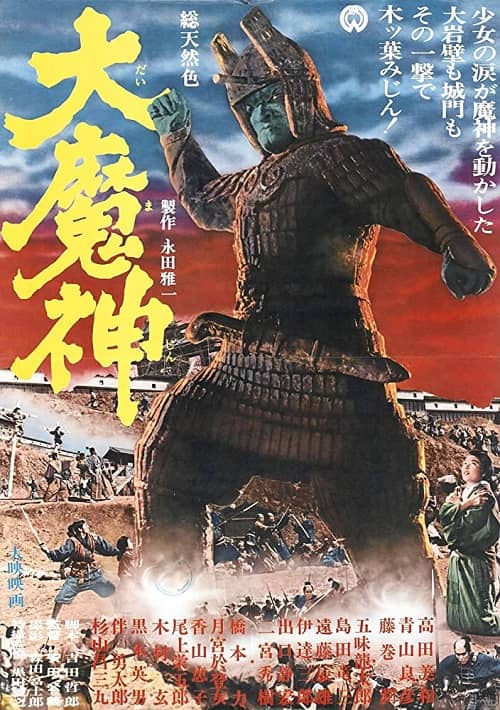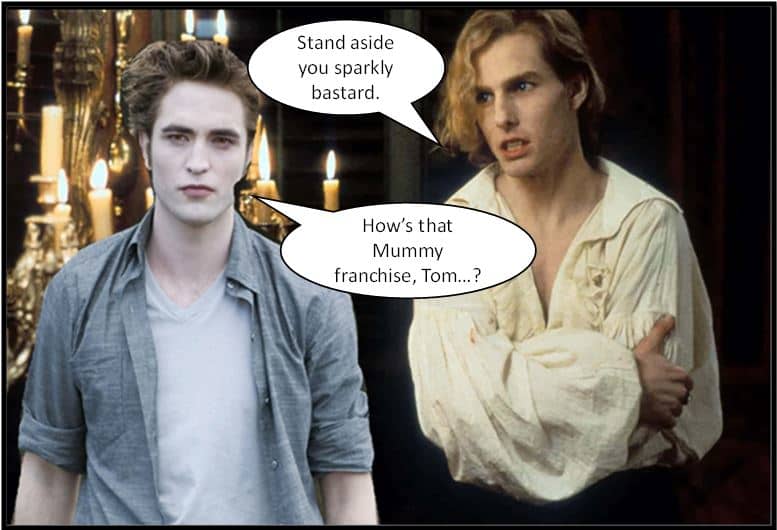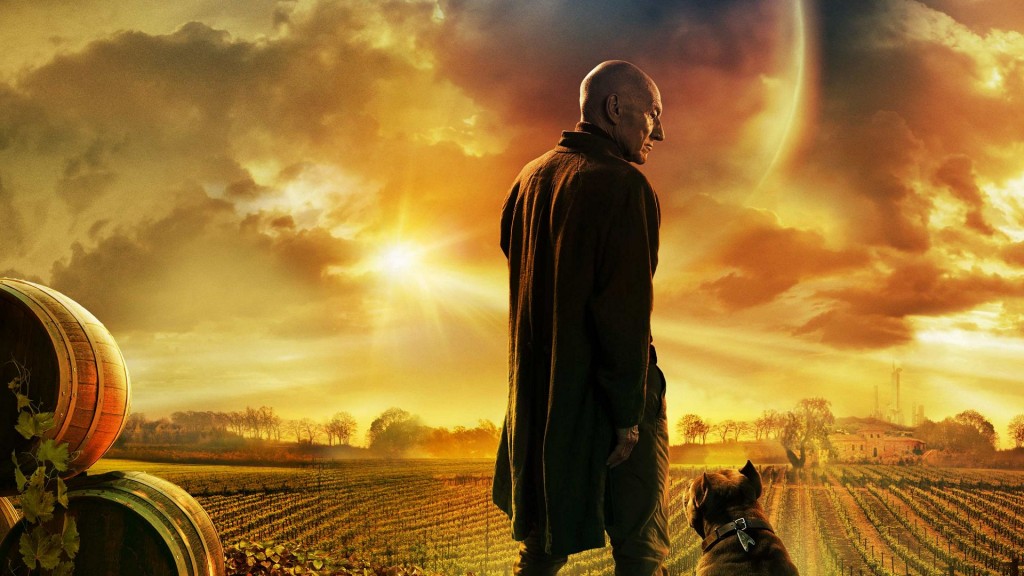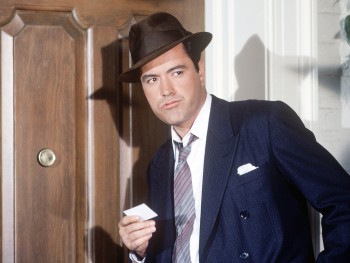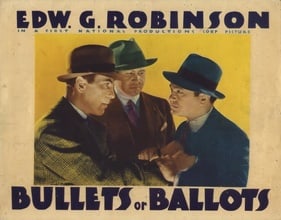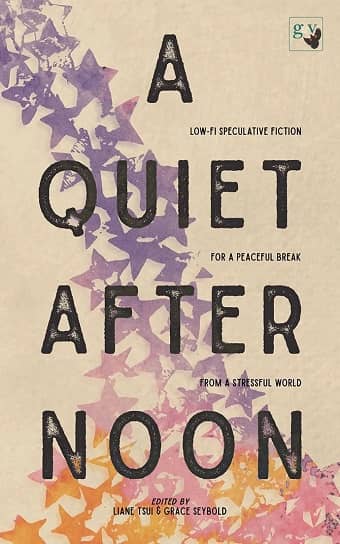 In their recently released anthology A Quiet Afternoon, Canadian micropress Grace&Victory offer calm and gentle SFF tales for the reader who would rather curl up with a mug of tea and an afghan (or a slushie and a hammock, depending on the weather) than dart about the cosmos with lasers blasting.
In their recently released anthology A Quiet Afternoon, Canadian micropress Grace&Victory offer calm and gentle SFF tales for the reader who would rather curl up with a mug of tea and an afghan (or a slushie and a hammock, depending on the weather) than dart about the cosmos with lasers blasting.
Grace&Victory team members Victoria Feistner (co-founder and graphic designer), Laura DeHaan (slush reader and morale officer), Liane Tsui (chief editor), and Grace Seybold (co-founder, second editor and legalities wrangler) get together today to share their thoughts on low-stakes fiction in a high-stakes world.
You’ve talked about low-stakes fiction, which you call “Low-Fi.” What does that mean to you?
LD: Stories that are comfortable to read, that don’t excite feelings stronger than warm fuzzies or faint melancholy. Which might not sound terribly flattering, I know. I imagine most authors want their stories to sear a flaming brand across the brains of the readers and leave them shaken and awed by the majesty of the prose, but really what I’m looking for is instant nostalgia. I want to think back on the story fondly, I want to revisit it in the way you enjoy pulling on an old sweater or a tatty pair of shoes.
VF: When I am stressed out, sometimes relaxing with a good book – if the book is full of action, violence, tension – only serves to stress me out more. In such times I often turn to different genres – literary, travel memoir, biography, and the like – for escape into gentler adventures. And yet, when I do, a part of me misses my spec elements. Low-Fi is about bringing the mundane and slice-of-life stories prevalent in other genres into the SF fold. SF has long been about larger-than-life heroes and do-or-die plots, but here and there are stories where the stakes are much lower. Ursula LeGuin’s Changing Planes comes to mind, as does Natasha Pulley’s The Watchmaker of Filigree Street.
So how is Low-Fi different from existing subgenres? Should it be considered its own sub-genre or merely a “tag”?
LD: I think it’s more about tone than anything else. A queen is near death in “An Inconvenient Quest,” there’s deadly traps and adventure in “Hollow,” “Of Buckwheat and Garlic Braids” has a potentially murderous strigoi, but because of the tone we never feel like anyone’s really in danger. I think as well there’s a definite refusal of violence as a solution and an emphasis on conversation as the way to problem-solve. Again, “Hollow” is an adventure story where the characters cast spells and shoot arrows, but in the end it’s a conversation that resolves the situation.
It’s not something we actively set out to enforce, but it seems fitting that Low-Fi also avoids salty language. And while we have a couple smooches, anything beyond that probably wouldn’t be appropriate for Low-Fi.
So I’d say sure, make it a new sub-genre!
…
Read More Read More

